Author and prolific photographer Martyn Hilbert presents a profile of the 29-mile Preston to Colne line in the heart of East Lancashire, highlighting its services, stations, and prominent structures, in words and pictures.
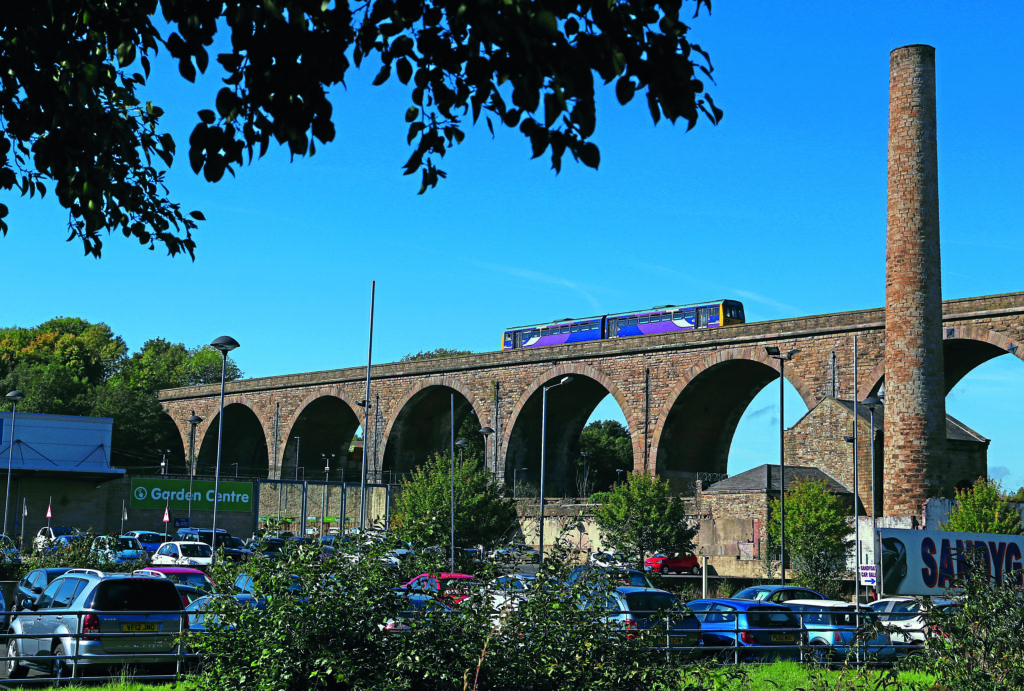
All photography: Martyn Hilbert
The East Lancashire Line runs for just over 29 miles from the City of Preston to its current terminus at the former cotton mill town of Colne.
With 16 intermediate stations along its route, the line serves a catchment of about 250,000 people, passing through pleasant scenery as well as being an integral part of the urban East Lancashire townscapes, with the Pennines never far away.
The East Lancashire route diverges from the West Coast Main Line at Farington Curve Junction, some 1.49 miles south of Preston station. On its way the route serves stations at Lostock Hall, Bamber Bridge, Pleasington, Cherry Tree, Mill Hill, Blackburn, Rishton, Church & Oswaldtwistle, Accrington, Huncoat, Hapton, Rose Grove, Burnley Barracks, Burnley Central, Brierfield, Nelson and Colne.
Since 1973 all signalling and movements have been under the control of the Preston Power signalbox. The route features several strategic junctions that connect it to other parts of the national network, enabling parts to be used by other services, both passenger and freight, while also allowing it to be used as a diversionary route for emergencies and engineering work.
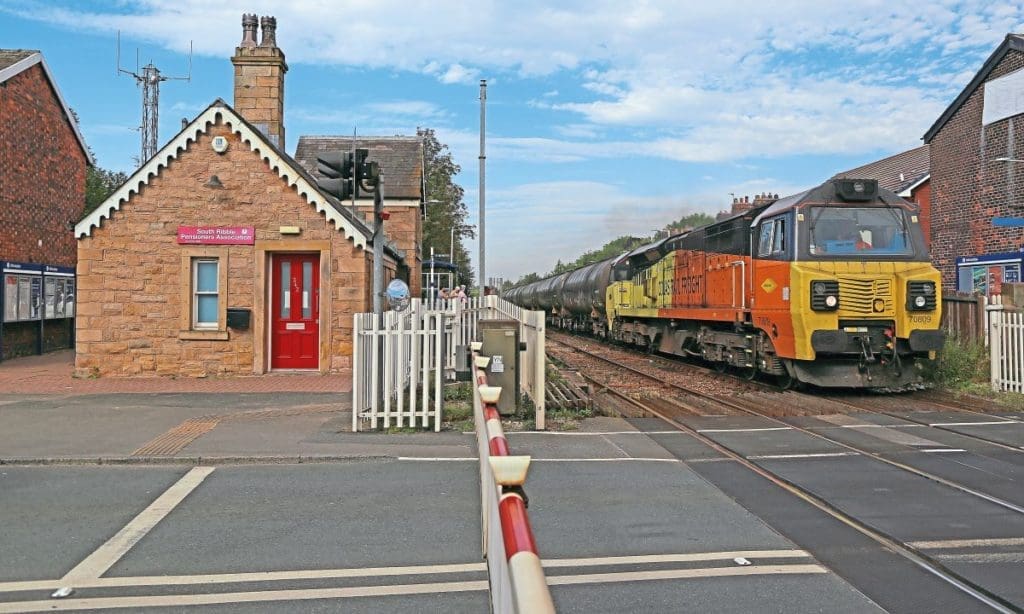
Blackburn station is the hub of the East Lancashire Line, and with Bolton Junction to the West and Daisyfield Junction to the east, the three through platforms at the station sees eight stopping passenger train services an hour Monday-Saturday.
Since 2018, there has been a Northern DMU stabling facility at Blackburn King Street for the use of units working in the area, and this has eliminated many early morning and late night Empty Coaching Stock workings to and from Newton Heath TMD in Manchester.
East of Blackburn, the M65 motorway is never far away from the route, the two running alongside each other for some distance.
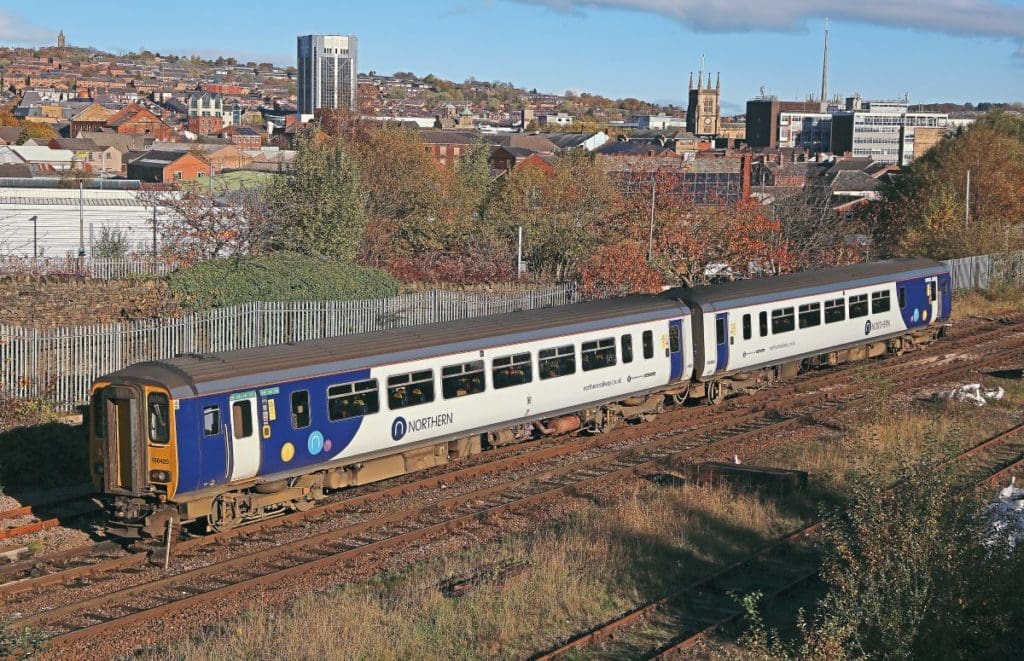
At Accrington the line crosses the town (which is located in a valley) on an impressive 19-arch, 60ft-high stone viaduct that was built by the original East Lancashire Railway in 1847.
Between the small unstaffed stations at Huncoat and Hapton there was once a power station, colliery, and several brickworks, with the area rich in industrial heritage, although much of this is now long gone.
Crucially for the railway, there are proposals to construct a 22-acre rail freight terminal at Hapton that would be located between the East Lancashire Line and the M65.
Linked with a Huncoat Garden Village development, this could be a turnaround in the fortunes for this once-busy route that has seen its fortunes decline following the rationalisation of lines and services in the 1960s and 1970s.
Beyond the station at Rose Grove (which once featured a locomotive shed, a gridiron and various sorting sidings), the East Lancashire route becomes single track beyond Gannow Junction. This junction is where the steeply graded cross-Pennine double track route to West Yorkshire, via Copy Pit, diverges.
The East Lancashire Line then descends from Gannow Junction through the small station at Burnley Barracks and passes over the lofty 14-arch Bank Top Viaduct, and at its eastern end of the viaduct is the station at Burnley Central, complete with its ‘modern’ station building that was constructed in 1965.
Beyond Burnley, at the town of Nelson, the station has retained its former Lancashire & Yorkshire Railway iron and glazed platform canopy, although only one side of its island platform is now in use. Just over two miles beyond Nelson, the line passes over Colne Valley Viaduct before reaching the single platform terminus at the one-time Lancashire & Yorkshire/Midland Railway joint station at Colne.
This once boasted three platforms and a substantial amount of railway infrastructure, including carriage sidings and goods handling facilities, although all that is now in the past and the railway layout at Colne was vastly reduced to a single platform arrangement in 1971.
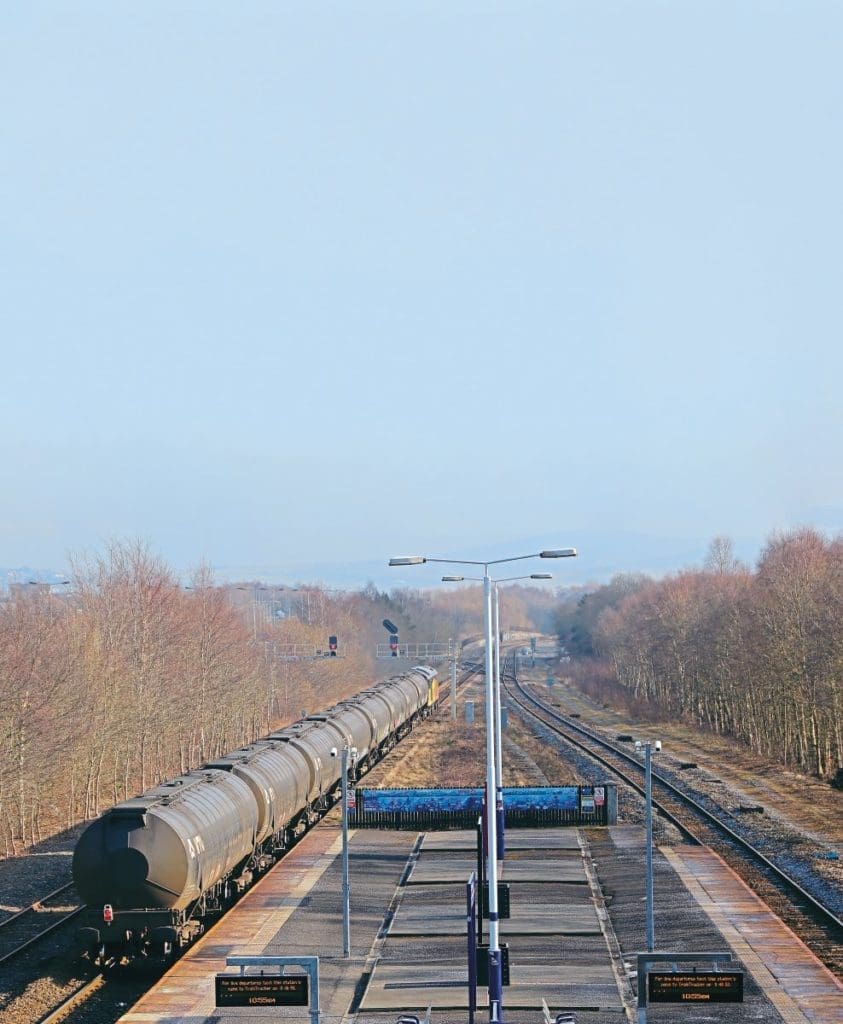
Beyond the buffer stop at the end of line here, the railway once continued on the former Midland Railway route to Skipton, which was closed in February 1970.
Currently all stopping passenger services on the East Lancashire Line are operated by Northern and mainly utilise a mixture of Class 150/156/158 DMUs. Services between Preston and Colne are hourly in each direction and call at all the intermediate stations en route, with the journey taking about one hour and seven minutes end-to-end.
During the normal Monday-Friday timetable, the units in use on the line work some lengthy diagrams, which include Preston-Colne-Preston-Ormskirk-Preston-Blackpool South-Preston-Colne-Preston, and usually on any one day there are five different two-car units in use.
On summer Sundays there is a basic one-hourly Blackpool South-Preston-Colne-Preston-Blackpool South service frequency, which utilises a pair of DMUs coupled together. During the winter months, the Sunday service frequency on the line becomes two-hourly in each direction.
The East Lancashire route between Preston and Gannow Junction is also host to the hourly Blackpool North to York (via Bradford & Leeds) service in each direction that are usually operated by the Northern Class 195 CAF-built DMU fleet.
Blackburn station is also served by the hourly Rochdale-Manchester Victoria-Bolton-Blackburn-Clitheroe services in each direction and the Kirkby-Manchester Victoria-Todmorden-Accrington-Blackburn service, which normally terminates in Platform 3 at the station, making Blackburn quite a busy location, with a good variety of Northern DMUs on offer. On Sundays there are several Preston to Hellifield services giving access to the Settle & Carlisle line and the Yorkshire Dales.
Additionally, on several Sundays during the summer there has been a Blackpool North to Carlisle service operated under the aegis of the ‘Dalesrail’ organisation.

‘Dalesrail’ is closely linked with Community Rail Lancashire, part of which is the East Lancashire Rail Partnership, with both organisations publicising and creating initiatives (such as station adoption, festivals and special events) to raise the profile of the line in the communities it serves.
Until the early 1970s, the East Lancashire Line was busy with freight, in particular coal, but similarly with other parts of the UK, all of this is now in the past.
The remaining out-and-back freight workings along parts of the route include the Lindsey Oil Refinery to Preston Docks Bitumen (6E32/6M32) operated by Colas Rail and the Avonmouth to Clitheroe cement (6M90/6V82) worked by GB Railfreight. The Mountsorrel Quarry to Carlisle Yard ballast train (6C89), also operated by Colas Rail, traverses the same section of the route as the cement’s, from Lostock Hall Junction to Daisyfield Junction just to the East of Blackburn, along with the Wembley Yard to Irvine China clay slurry working (6S94), which is worked by GBRf.
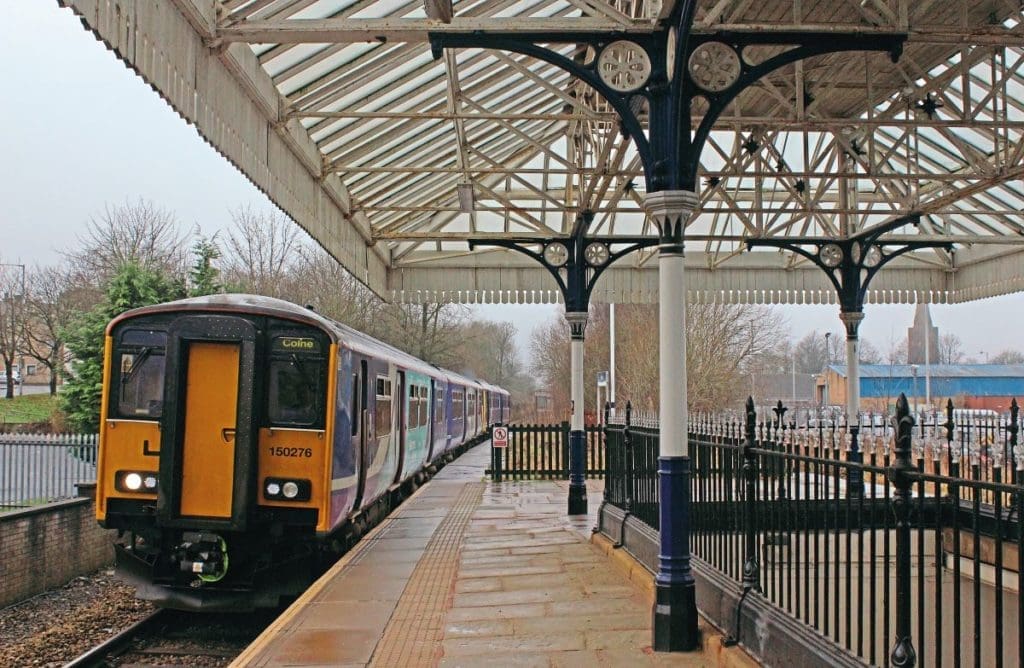
Two regular weekday southbound workings off the Settle & Carlisle line via Clitheroe are the Carlisle Yard to Crewe engineers (6K05) and the Carlisle Yard to Chirk Kronospan logs (6K37), both of which join the East Lancashire route at Daisyfield Junction and diverge away towards the West Coast Main Line at Lostock Hall Junction.
The route is also regularly visited by charter workings, both steam and diesel-hauled, and the link to the Ribble Valley line and the Settle & Carlisle line at Daisyfield Junction is a useful and important connection and a diversionary route should the WCML North of Preston be blocked.
At Colne, at the eastern extremity of the East Lancashire Line, most of the trackbed on the closed 10-mile route to Skipton has remained intact and, crucially, when the A59 Skipton bypass road was constructed some years ago, the abandoned trackbed was bridged. Over many years, there has been an ongoing campaign by various local bodies including SELRAP (Skipton & East Lancashire Rail Action Partnership) to get the ‘missing link’ reinstated, although somewhat surprisingly the Colne to Skipton route was not included in the recently-published Department for Transport’s ‘Integrated Rail Plan’. Reinstatement of the long-closed line would create an additional West-East rail link.
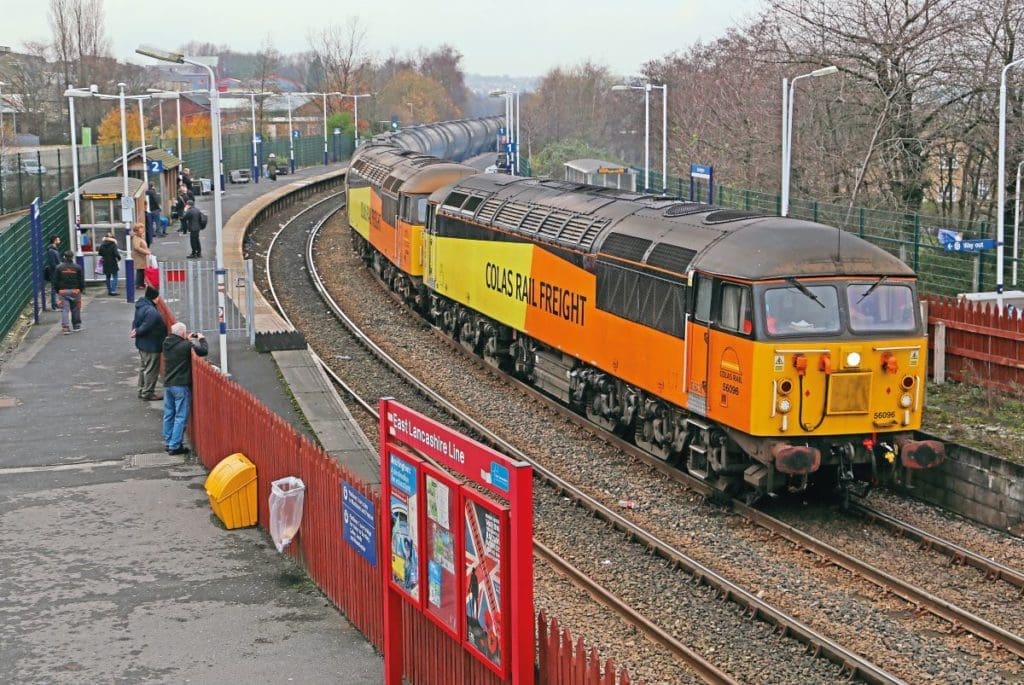
With the congestion of rail traffic through the Manchester area and the upgrading of the routes between Manchester and Leeds, the East Lancashire Line has plenty of capacity and opportunity for expansion, and it could one day have its fortunes revived as a strategic cross-Pennine route.



